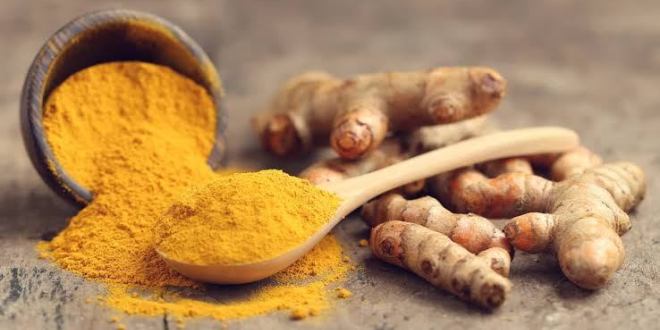Recently, there is a rising trend of using curcumin as hepatoprotector medicine to patients with hepatic cirrhosis and it even becomes a standard therapy in some hospital. Curcumin can suppress oxidative stress and inhibit alanine aminotransferase (ALT), aspartate aminotransferase (AST), alkaline phosphatase (ALP), and lactate dehydrogenase (LDH) It also has high antioxidant activity. However, curcumin has limited bioavailability as its solubility is low in the water, ethanol and acetone.
The making of curcumin in nanoparticle form is expected to solve the issue. The previous research has shown that curcumin loaded into mesoporous silica nanoparticles (C-MSN) can improve bioavailability. C- MSN has cubical mesostructure and interconnected porous, with bigger sized porous and shorter diffusion distance. With functionalized amine, C- MSN can release curcumin even faster and in bigger size and continuously. C-MSN is believed to be potential in improving hepatoprotective character of curcumin.
Hepatoprotective effect was tested by administering C-MSN for 14 days before the rats are given tetrachloride carbon causing hepatic cells to mimic hepatic cirrhosis in patients. The cytoplasmic membrane lipids damage will eventually cause an increase in hepatic serum markers, namely ALT, AST, and ALP and cause a histological change through necrotic and degenerated liver cells in the rats.
The result showed that C-MSN revealed an excellent hepatoprotective property. The treatment group given with C-MSN showed lower ALT and AST level and the necrotic cells were also less compared to the negative control group. However, C-MSN showe more necrotic cells compared to curcumin so it was suspected that MSN itself has the toxic effect on the liver. There had been no reports of MSN toxicity in cubical form before this research. Therefore, before C-MSN is used as hepatoprotector, MSN toxicity test is needed.
Author : Eka Pramhyrta Hestianah
Information about this research can be viewed at this article:
https://indonesianjpharm.farmasi.ugm.ac.id/index.php/3/article/view/1550





